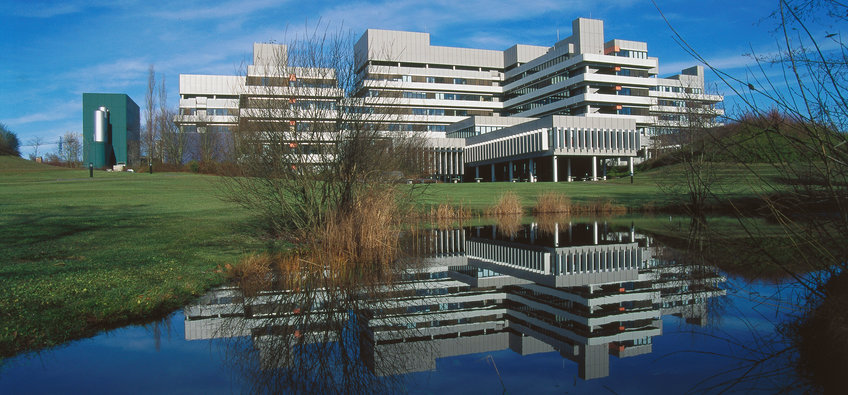
Max Planck Institute for Solid State Research
Lithium batteries that provide electric cars with power, superconductors that conduct electricity over long distances without loss, solar cells that harvest solar power – all of these examples are based on the electrical conductivity characteristics of solid materials. These are some of the phenomena which scientists investigate at the Max Planck Institute for Solid State Research. Solid state materials include metals, ceramics and even crystals of organic molecules. Just how the structures of these materials affect their electrical, mechanical and magnetic properties, is what solid state researchers seek to understand. To this end, the researchers particularly focus on solids at the nanoscale, which behave differently compared to materials in larger dimensions. In order to miniaturize electronic circuits even further or to prepare for the electronics that will follow on from the silicon era, the behaviour of these solids needs to be controlled.
Contact
Heisenbergstraße 170569 Stuttgart
Phone: +49 711 689-0
Fax: +49 711 689-1010
PhD opportunities
This institute has an International Max Planck Research School (IMPRS):
IMPRS for Condensed Matter ScienceIn addition, there is the possibility of individual doctoral research. Please contact the directors or research group leaders at the Institute.
















